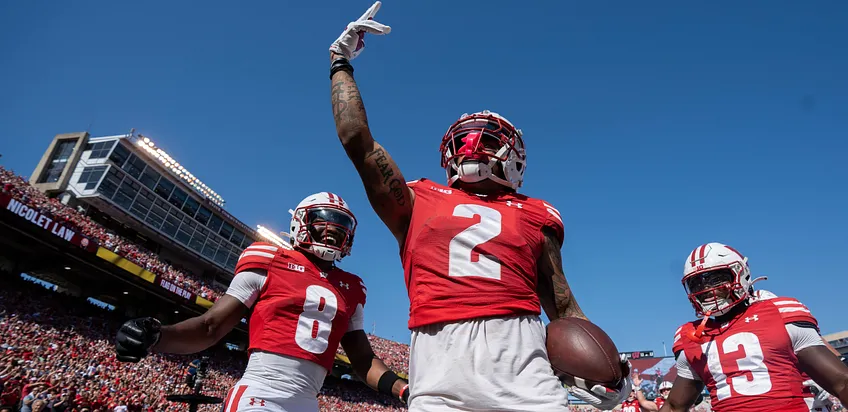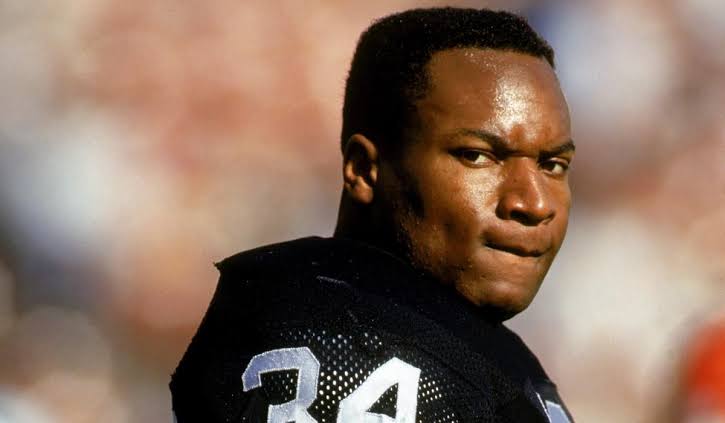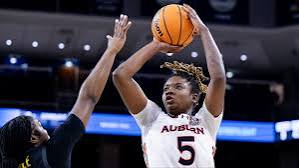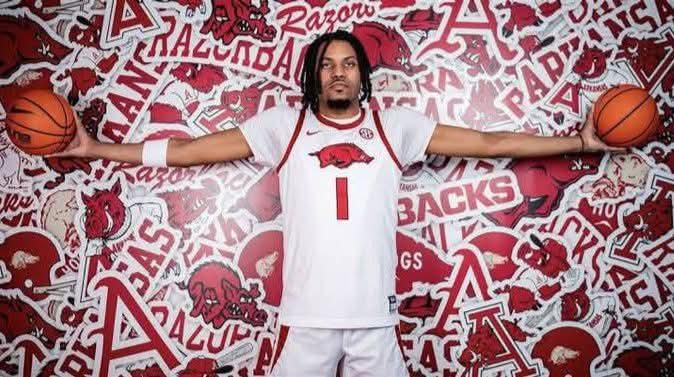In the third year of the Luke Fickell era at Wisconsin, the Badgers football program features a blend of known veterans and promising wildcards. Among the most intriguing of these X-factors is wide receiver Trech Kekahuna, a shifty slot receiver with a unique blend of athleticism, instincts, and playmaking flair. Though still early in his college career, Kekahuna has already generated serious buzz — not because of hype, but because of what he shows on the field: rare natural ability.
The first time writer Seamus Rohrer watched Kekahuna in person, he was only a freshman, newly enrolled and fighting for attention in spring practices. It didn’t take long for Kekahuna to stand out. During one practice, he caught a pass, made a sharp cut, and left a defender grasping at air as he floated effortlessly across the field. That moment cemented Rohrer’s opinion: Kekahuna is the most dangerous Badger with the football in his hands.
Not because of recruiting rankings, not due to a flashy transfer status, but because his movement and reaction time on the field are simply different. He plays with a smoothness and quickness that makes the game appear to be in slow motion when the ball touches his hands. His innate spatial awareness, combined with sudden change-of-direction skills, makes him a headache for defenders and a potential game-changer for the Badgers offense.
The nation got a taste of Kekahuna’s potential in the ReliaQuest Bowl against LSU. While some bowl games not tied to New Year’s Day have begun to feel like glorified scrimmages for the next season, they also serve as audition platforms for younger players. That was the case for Kekahuna. Wisconsin’s coaching staff made it a point to get the ball into his hands, and the freshman delivered.
On his first career target, he embarrassed LSU linebacker Harold Perkins Jr., a multiple-time All-SEC performer, with a juke that left Perkins stumbling. That play was the moment when fans and analysts alike started paying closer attention. It wasn’t just a lucky move — it was a showcase of elite shiftiness and instinct.
Later in that same game, Wisconsin set up a play where Kekahuna lined up as the inside man in a trips formation. The design by then-offensive coordinator Phil Longo gave Kekahuna space to operate, and the result was predictable: Kekahuna burned the cushion and made a clean catch, again showing how dangerous he is when given just a little breathing room.
But Kekahuna is far from a one-dimensional speedster. What makes him a true X-factor is his overall polish and growing versatility. One example came on the longest play of his career to date. After being sent in motion and catching a comeback route, he found himself surrounded by defenders. Instead of panicking, he recognized a vacated zone, ran into it, caught the ball in stride, and turned on the jets for a touchdown. Plays like that don’t just rely on speed — they require vision, awareness, and football IQ.
Beyond his speed and route-running, Kekahuna’s hands are one of his most underrated assets. Despite his relatively small frame at 5’10”, 185 pounds, he consistently shows strong hands, body control, and concentration in contested catch situations. Even when blanketed by defenders, he has the poise to track the ball and reel it in. That trait isn’t common in slot receivers, especially younger ones, and it sets him apart from others at his position.
Last season, there were times when Rohrer believed Kekahuna had the best hands on the entire roster. That’s not just based on clean catches, but also on the way he handled tough, off-target throws. In fact, during one game against Rutgers, quarterback Braedyn Locke delivered a poorly placed pass that looked destined for an interception — until Kekahuna stepped in, extended himself, and ripped the ball away from the defender. That kind of clutch play is what builds trust between quarterbacks and receivers, and what earns more targets on game day.
Speaking of quarterbacks, Wisconsin’s offensive identity is still evolving, and that uncertainty only magnifies Kekahuna’s value. With new offensive staff and schemes being implemented, players like Kekahuna — who can create something from nothing — become incredibly important. They serve as pressure-release valves for young quarterbacks, and they help stretch defenses horizontally and vertically, even when the play design breaks down.
But for all the highlights and promising moments, there’s still the question: Can Trech Kekahuna put it all together in 2025? That remains to be seen. Like many young, high-upside players, his success will depend on several factors: his health, his development, the scheme fit, and most importantly, the consistency in his role and touches.
Wisconsin needs someone to step into the WR1 role — not necessarily by being the biggest, but by being the most dependable and explosive. Kekahuna has the tools to be that guy. The route tree is expanding, his understanding of coverage is improving, and his chemistry with the quarterback should continue to grow with more reps and experience.
Another factor that could elevate Kekahuna’s game is his maturity and leadership presence. Even though he’s still young, his playing style and demeanor show confidence and fearlessness. Those traits tend to inspire teammates, especially when a player backs it up on game day. If Kekahuna can take a leadership leap in the locker room and continue refining his skill set on the field, he has a legitimate shot to become not just an X-factor, but a cornerstone in the Badgers’ offense.
In a season where Wisconsin is aiming to re-establish itself as a Big Ten contender under Luke Fickell, the offense will need spark plugs — players who can break open a game at any moment. Kekahuna fits that mold perfectly. His rare combination of vision, quickness, hands, and football instincts makes him a potential breakout star in 2025.
So while Wisconsin fans already know what to expect from their more established stars, it’s Trech Kekahuna — the player who makes defenders miss like he’s gliding through slow motion — who might just hold the key to unlocking the Badgers’ offensive ceiling this fall.



